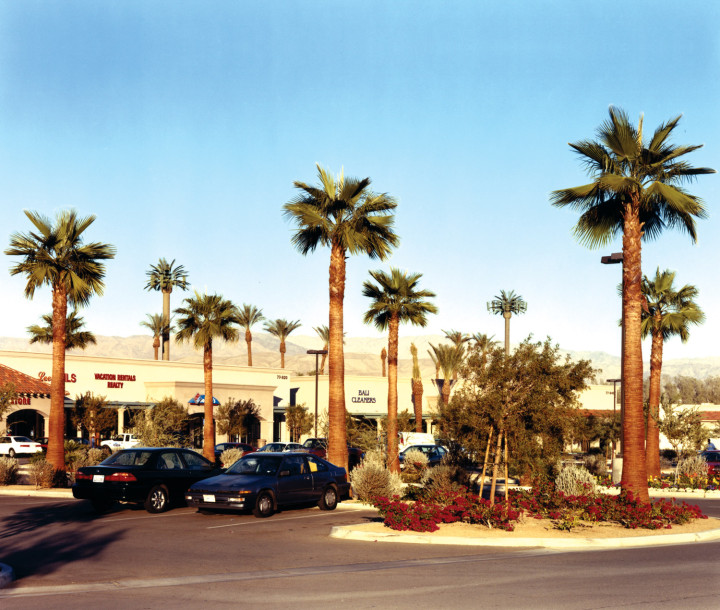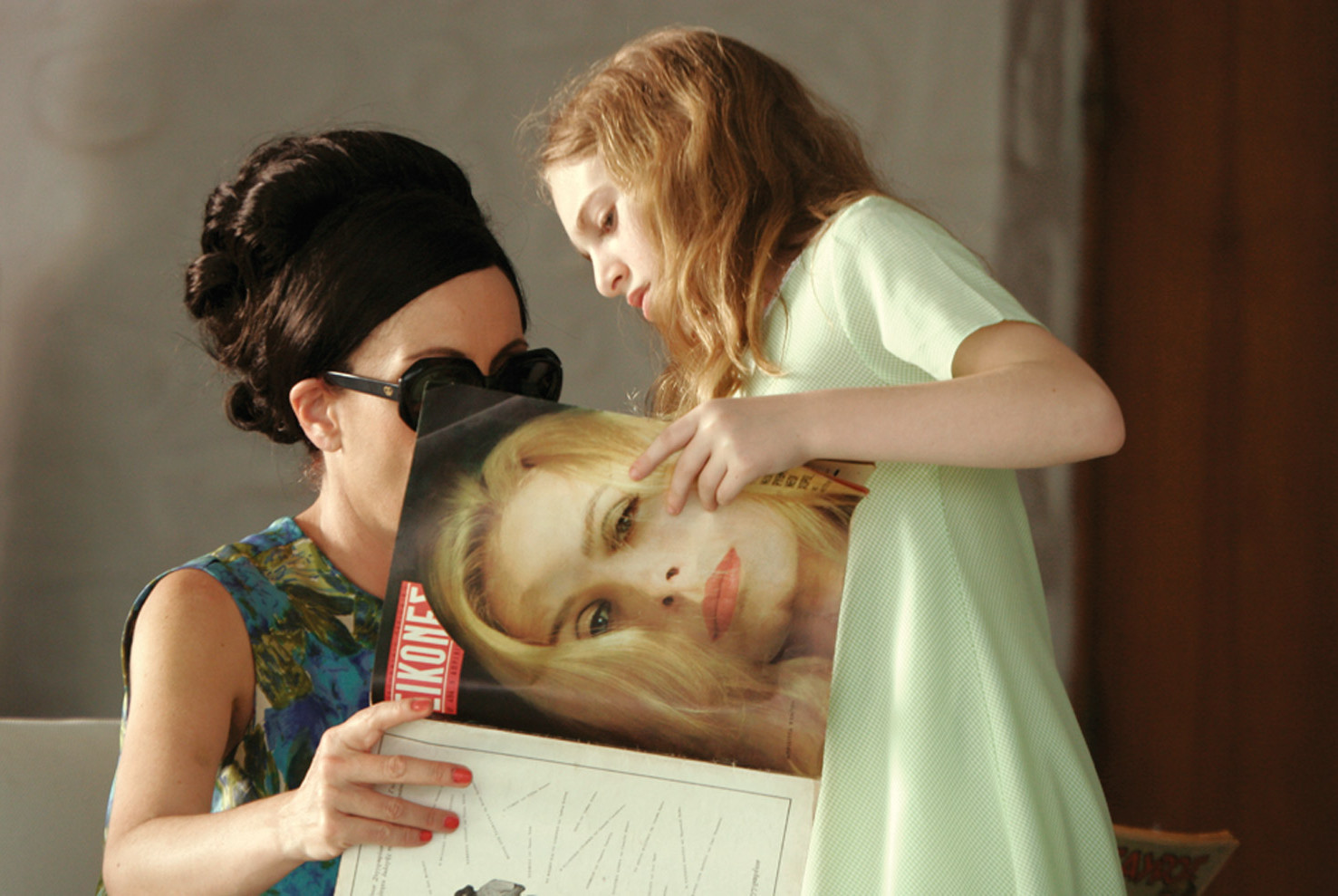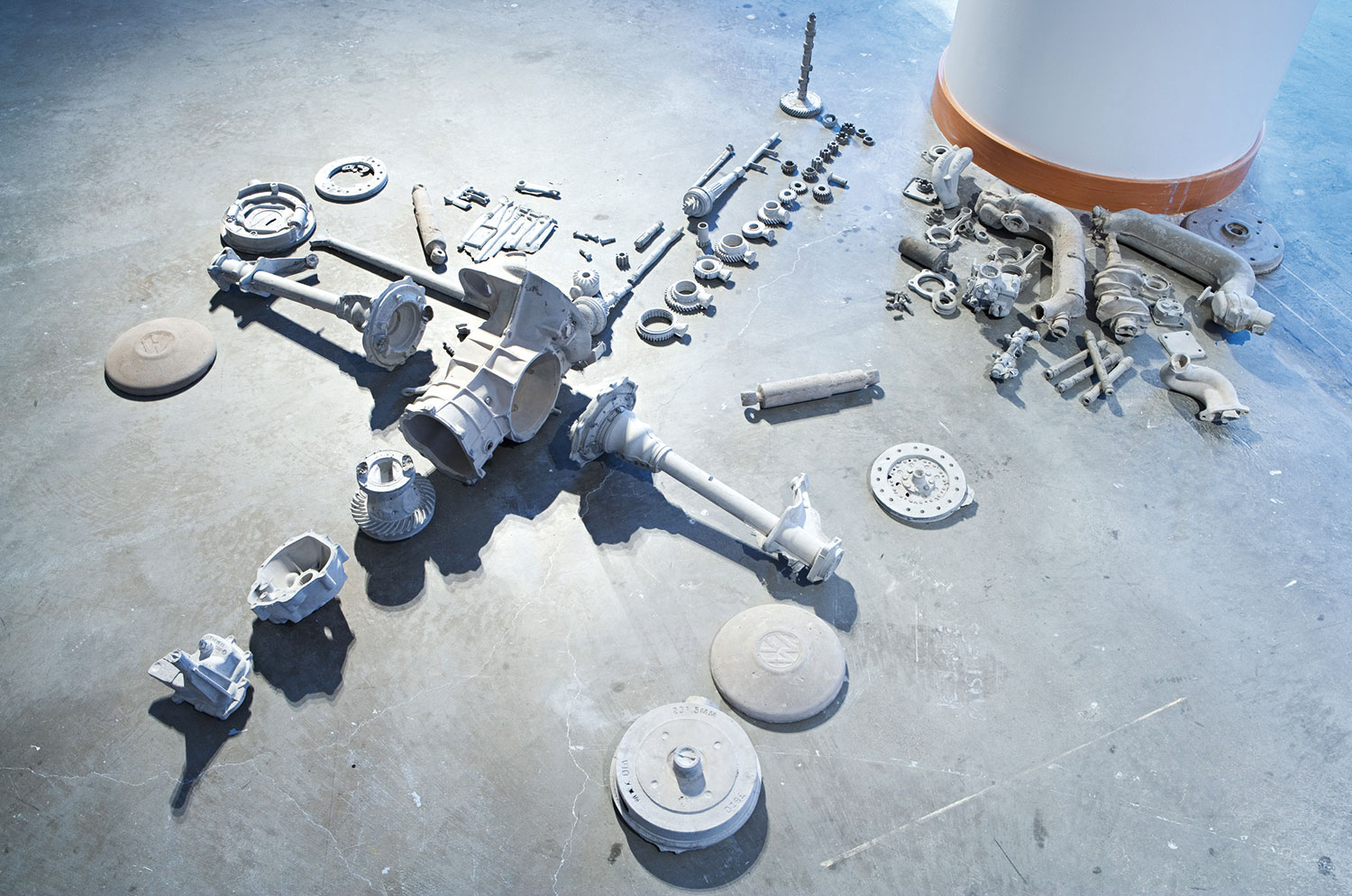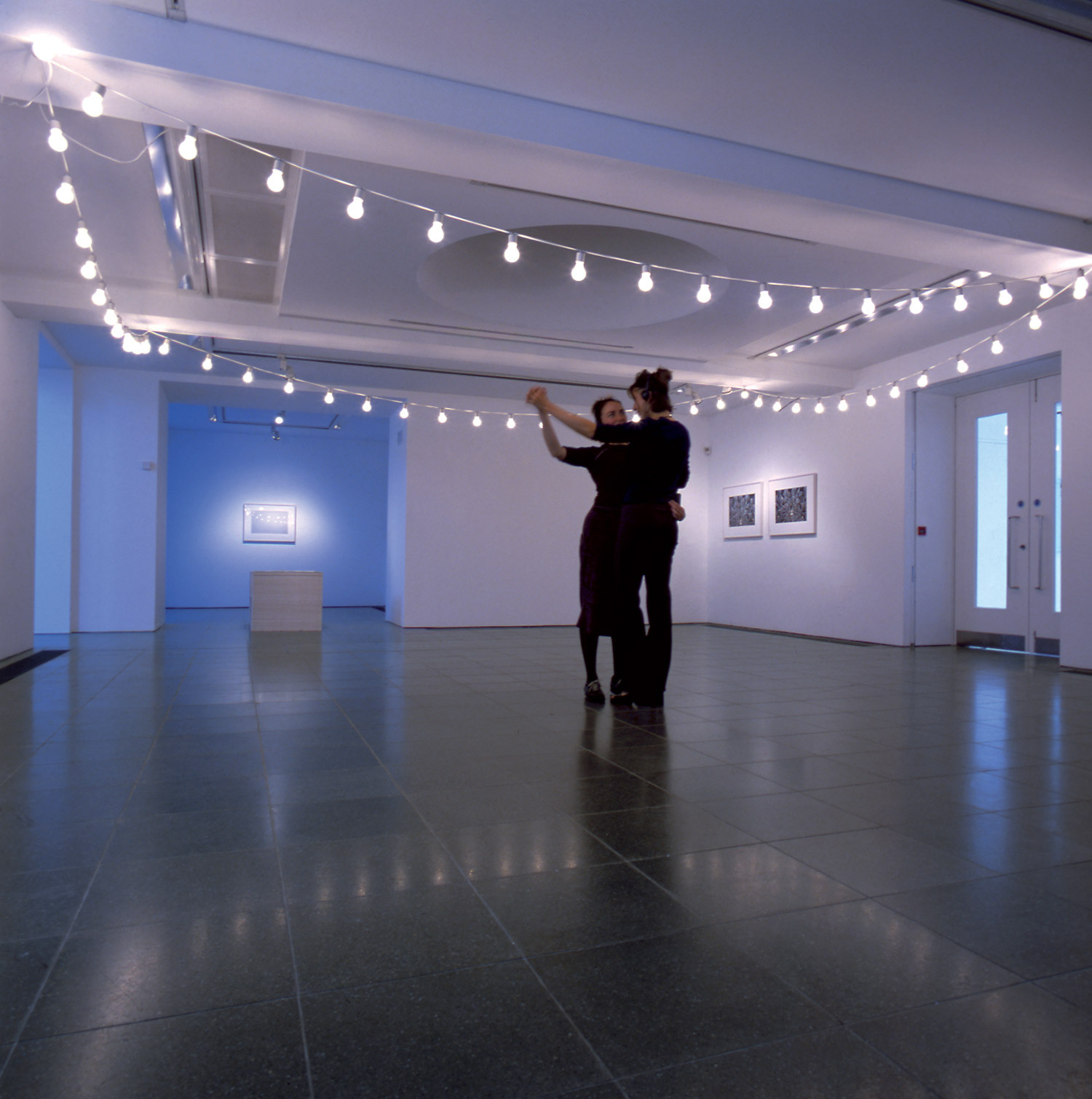
Last year I was brainstorming with Jeffrey Deitch about a possible exhibition at his gallery in New York. The show was to be tentatively titled “The Neon Wilderness.” The notion being that where New York is a ‘concrete jungle,’ Los Angeles is in turn a ‘neon wilderness.’ The initiative behind the exhibition was to somehow survey new art that is happening in Southern California outside of the usual academic circles. Some of these artists had street culture and subcultural roots and others were simply square pegs that didn’t quite fit into the established system. They are people working in all mediums with a real dedication to their vision and craft and I wanted to celebrate that. Due to scheduling conflicts the exhibition never came to fruition, but the curatorial process up to that point gave me much time to ponder exactly who these artists are and what exactly it was about living in Southern California that helped to spawn such an exciting and diverse group.
The actual impetus for “The Neon Wilderness” came upon meeting an artist who is known only by his street moniker as Mister Cartoon. He was near completion on a painted and customized 1963 ice cream truck that I thought would look amazing in New York. Mr. Cartoon is a Mexican-American artist who grew up in and around South-Central Los Angeles working primarily in the hot rod and low-rider car customizing worlds. At the age of thirteen he already had a lucrative business air-brushing T-shirts at car shows. This practice eventually led him to painting on cars and then to the world of tattoos where he has become incredibly sought after, providing ink for such famous names in the hip-hop world as Eminem, 50 Cent, Pharrell Williams and Beyonce Knowles. The ice cream truck, however, is in a league of its own. Over ten years in the making, Mr. Cartoon painstakingly airbrush muraled every square inch of the truck with an amazingly dense social narrative about growing up gangster in Los Angeles. It is a sometimes brutal and often grim story, however Mr. Cartoon switches up any negative references by substituting any perceived violent imagery with playful and somewhat psychedelic ice cream references. Machine guns shoot ice cream scoops as bullets and men lay dead in slimy pools of melting vanilla, chocolate and strawberry. The first time I saw the truck it literally changed my life and it typified everything that living in California is about for me.
Another artist, who is mining similar territory, albeit in a completely different way, is photographer Todd Cole. I was first introduced to his work via a series of pictures he was taking of cellular phone antennas disguised as palm trees. These images are a perfect pictorial representation of the artificial landscape in Los Angeles. The photographs themselves are compositionally quite beautiful and yet, like the ice cream truck, suggest another reality that is rather bleak. The funny thing is that I never noticed these antennas before I saw Cole’s work. They were perfectly camouflaged amidst the rest of the hodge-podge of the city. However after they became part of my psyche I noticed them wherever I went and now consider them to be some of the most successful site-specific art in the city. These photos make one question how we define wilderness (and nature in general) in a city surrounded by so much natural beauty, yet fraught with a constant artificiality. Sometimes I wonder which version of nature (real or artificial) is more stunning to me.

The themes of landscape and nature are prevalent in the works of many of the Los Angeles artists that I find interesting. Ashley Macomber, a young artist who will have her first solo show this year, approaches this interface beautifully. She creates intricately painted, almost photo-realistic, human/animal hybrids that draw subject matter from both the ocean and the hills, the two natural resources that surround our city. Her works have been said to resemble campy American Indian paintings found on T-shirts in truck stop gift shops. Upon deeper consultation, however, they provide a strong commentary on our relationships to each other, nature and ourselves. Macomber’s paintings actually feel like Los Angeles. It is not uncommon to run across the sights, sounds and smells of wild animals such as coyotes, opossums and skunks while driving at night through the wooded hills above the city. These chance meetings between the animal kingdom and the urban environment create a fascinating dialogue between the two. Macomber has managed to capture that perfectly without resorting to didacticism or cliché.
Geoff McFetridge is another local artist who makes these references. McFetridge is interesting because while he is primarily known as a graphic designer, he has also applied his craft to the mediums of product design, painting, installation, animation and film. McFetridge’s roots are in the skateboarding/punk subcultures, and much of his work has been done with that outsider ethos. However, the natural landscape and psychedelic/hippie/alternative lifestyles of Southern California are recurring themes in his work. His early works were comprised of intricately designed camouflage patterns incorporating trees, animals and graphic symbols referencing the natural topography of the city. The works were quite hard-edged from a design standpoint, however behind his stark approach to aesthetics was always a celebration of the joys of being outdoors and the myriad creatures and adventures that can be found there. More recently, McFetridge has been producing a stunning series of watercolors, which fuse the graphic and the organic perfectly. They are his most painterly works to date. They are funny, sad, at times ironic and perhaps most of all a colorful reminder of the joys of the human imagination when we let it run wild.
McFetridge’s preoccupation with lifestyles and fringe subcultures leads to another important part of the California experience. It is not surprising that these themes also make their way into many other artists’ works that reside here. In the last few years, painter, photographer and professional skateboarder Ed Templeton has now officially made the foray into the fine art echelon with his numerous multimedia installations in galleries and museums around the world. Templeton hails from the suburbs outside of Los Angeles, and the subjects of teenage alienation and ‘outsiderism’ from within the California dream have been the basis of almost all his work to date. His works explore, from an ‘insiders-only’ point of view, the unique feelings one has from being continually at odds with one’s environment.

Similarly, photographer Jeaneen Lund explores another very West Coast subcultural phenomenon with her intimate lifestyle portraits of members of a vast group of young Latino youths who possess a peculiar obsession with the rock star Morrissey. Other creators of note include Gents of Desire, a loose-knit group of young painters with roots in graffiti who have embarked on a citywide community beautification project by re-painting signs (free of charge) for businesses in low-income neighborhoods.
As important as these artists are to the intricate cultural landscape of our city, perhaps as interesting are the numerous venues that exist to showcase work which is new, challenging, or otherwise just different. These include several stores, independent galleries and magazines, which have dedicated themselves to breaking new ground regardless of trends. Two new stores, Ooga Booga and DNP (Dogg and Pony) are small storefronts in tucked away places that serve as a direct line of communication between many of these artists and the public. Ooga Booga was opened by visual artist Wendy Yao last year in a closet-like space, upstairs, in a minimall in Chinatown. DNP is the brainchild of Isaac Ramos, the maestro behind an independent record label of the same name. His store is located in the middle of an unmemorable strip of Santa Monica Boulevard near Silver Lake. Both stores feature clothing, books, records, zines, original artwork and limited editions by artists. Textfield Magazine is an independently produced publication that is released twice a year by graphic designer Jonathan Maghen and spotlights the works of a variety of local and international artists. In addition, Ed Templeton, visual artist/musician Brendan Fowler and myself have recently started publishing ANP (Artist Network Project) Quarterly, a free magazine distributed worldwide. The magazine reports on artists, musicians and happenings across the globe, but is very specifically and deliberately focused on the various cultural outputs from California that we feel need exposure.
The artists I mention here are just the tip of the iceberg. All in all, it adds up to an incredibly exciting creative scene in Southern California. What is even more interesting is the fact that, with a few small exceptions, these are all things that one won’t see by visiting any of the established galleries in town. What exactly it is that connects all these disparate creators is still somewhat of a blur for me, but maybe some clues have been revealed here. There exists a freedom in Los Angeles that is unparalleled anywhere else in the world. Perhaps it comes from being the last stop on the manifest destiny. If I could put this connection into one word, though, I would have to use the word ‘space.’ There is plenty of it here, and in that space exists the autonomy to explore the fruitful terrain of this ‘neon wilderness’ that we all call home.





